Difference Between 304 and 316 Stainless: Which Triumphs?
 Dec 11,2023
Dec 11,2023

300 series stainless steels are austenitic grades. They normally contain chromium and nickel as main elements which impart corrosion resistance, oxidation resistance, non-magnetic nature in steels. Ither stainless steels accessories are high formability and machinability. Most common stainless steels are 304 and 316. They have many applications as medical grade stainless steel and other industrial areas like food and construction. This article will review the 304 vs 316 stainless steels composition, properties and application. In this way, you will be easy to decide which is better for a specific application.
Food Grade Stainless Steel 304 Vs 316
In 316 vs 304 ss, 316 offers best applications as food grade containers. It has high chemical resistance when it comes in contact with strong acids, salty liquids such as citric juice. However, 304 is also an affordable option for any food processing industry.
To learn more about how we customize food-grade stainless steel parts, visit our custom stainless steel machining service.
What is surgical stainless steel?
Medical grade stainless steels are surgical steels. They have low carbon level which increases its corrosion resistance and stainless ability. As medical grade stainless steel, the material should survive the environment inside the body with fluids and other harsh environments. In 316 vs 304 ss, 304 is the mostly used grade which has high durability, strength, and corrosion resistance from body environment. It has almost 18% Cr and 8% Ni in composition. Low carbon level and small amount of manganese increases its oxidation resistance, and it can be easily sterilized and cleaned.
Discover how our precision medical machining services cater to the healthcare industry.
Surgical stainless steel vs stainless steel
All surgical steels are stainless steel. but all stainless steels cannot be medica grade stainless steel. Medical grade stainless steel must have high corrosion and oxidation resistance, and these are especially assigned as medical grade material or biomaterials. When comparing stainless steels like, 304 vs 316 stainless steel for medical grade alloy, 316 ss is a better choice. It has better higher corrosion resistance. other stainless steel grades 440 and 420 are also good choices as medical grade stainless steel. It is easy to think as the surgical steels have the highest corrosion resistance.
What Is 304 Stainless Steel
Ss 304 grade is a very common grade in austenitic steels. It has 18% Cr and 8% Ni and very little carbon. Corrosion and oxidation resistance is high due to combination of these elements and has high durability and formability. 304 ss is a very versatile grade as it has a variety of uses. It has applications in domestic use and industrial areas. It is a cost-effective option for many applications. But it has high melting points of 2650ᵒF. This makes it withstand high temperatures and a highly thermal resistant material.
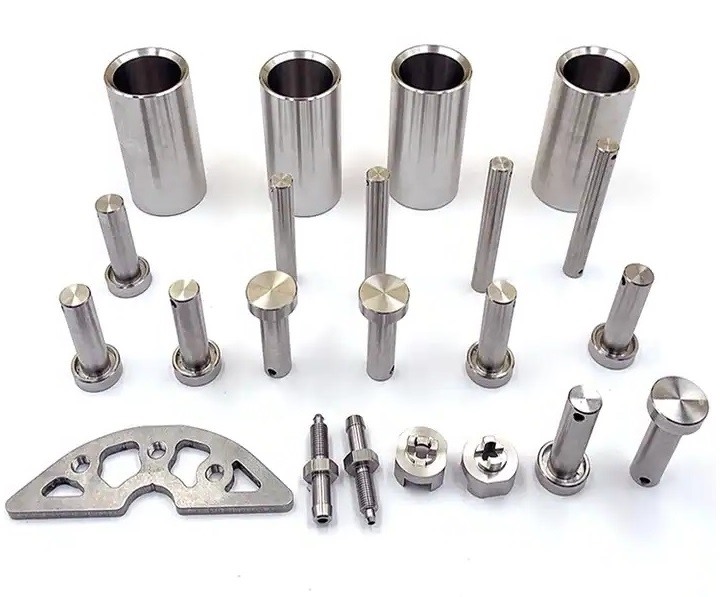
304 ss thermal conductivity
The thermal conductivity of ss 304 is 16.2W/m.
Melting point 304 stainless steel
The melting point of ss 304 is 1430℃ which makes it a highly thermal resistant material.
Is stainless steel 304 magnetic?
No, ss 304 grade is nonmagnetic. Although it has a little Fe in its composition, still it is considered as nonferromagnetic. It can become magnetic by applying heat treatments. It can create ferrite at some sites in microstructure in 304 ss which can make it magnetic. But when compared 304 with 316 stainless steel, it is slightly magnetic.
316 Stainless Steel Properties
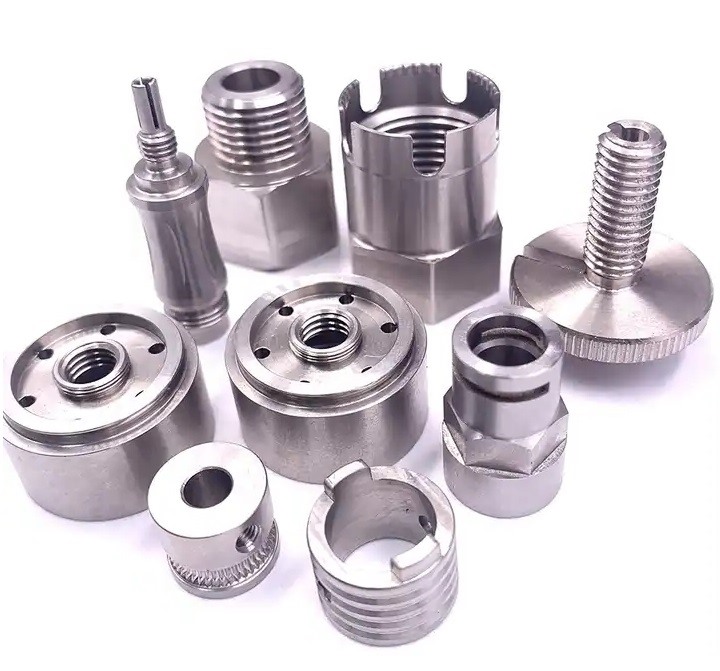
Ss 316 grade has a unique combination of elements Cr, Ni, Mo and C which makes it useful for a variety of applications. The most distinct feature of ss 316 is the presence of Mo 2-3% in the composition which increases its resistance. It has high thermal resistance, creep resistance and corrosion especially pitting resistance. tensile strength is also high in ss 316. It can survive harsh environments in the presence of chlorides which makes it highly useful in marine industry, formability is lower in 316 as compared to 304 but high tensile strength and corrosion resistance makes it a suitable choice for many industries. These features make it a different alloy in the category of 300 stainless steel for many applications.
What Is The Difference Between 304 And 316 Stainless Steel
Major difference when 304 compared to 316 stainless steel lies in the composition. 316 has 2-3% molybdenum which tremendously increases its corrosion resistance. This resistance works best in chlorine-based environments, while 304 does not have this ability.
SS 304 composition
|
Elements in 304 grades |
Percentage |
|
Chromium |
17.5-19.5% |
|
Nickle |
8-10.5% |
|
Carbon |
0.05% |
|
Silicon |
1% |
|
Manganese |
2% |
|
Phosphorus |
0.02% |
|
Sulfur |
0.03% |
|
Nitrogen |
0.07% |
SS316 composition
|
Elements in 316 grades |
Percentage |
|
Chromium |
16-18% |
|
Nickle |
10-15% |
|
Carbon |
0.05% |
|
Silicon |
1% |
|
Molybdenum |
2-3% |
|
Phosphorus |
0.05% |
|
Manganese |
2% |
304 vs 316 magnetic properties
304 and 316 are nonmagnetic alloys. but in 304 vs 316 stainless steel, 304 ss is austenitic and it can be attracted to magnet to some level. By applying heat treatments few ferrites can be created in the microstructure which can impart magnetic properties. But 316 is not responsive to magnetic fields. In fact, it has applications where magnetism is not required.
304 vs 316 hardness
304 vs 316 stainless steel have comparable hardness. 304 has a high hardness of 215Hb. Hile 316 has 149HB hardness.
304 vs 316 stainless steel strength
Tensile strength of 314 is between 500 to 700 MPa. It has 45%min elongation A50mm. The tensile strength of 316 is lesser than 304. As it has 400 to 620 MPa with elongation 45%Min.
Is 304 or 316 stainless steels stronger
Considering tensile strength, there is not a lot of difference in 304 vs 316 stainless steel. yield strength in 316 ss is higher with a very little difference. During cold working, the hardness and tensile strength are increased in both alloys. So, in both alloys, the difference is not a lot but 304 has higher tensile strength.
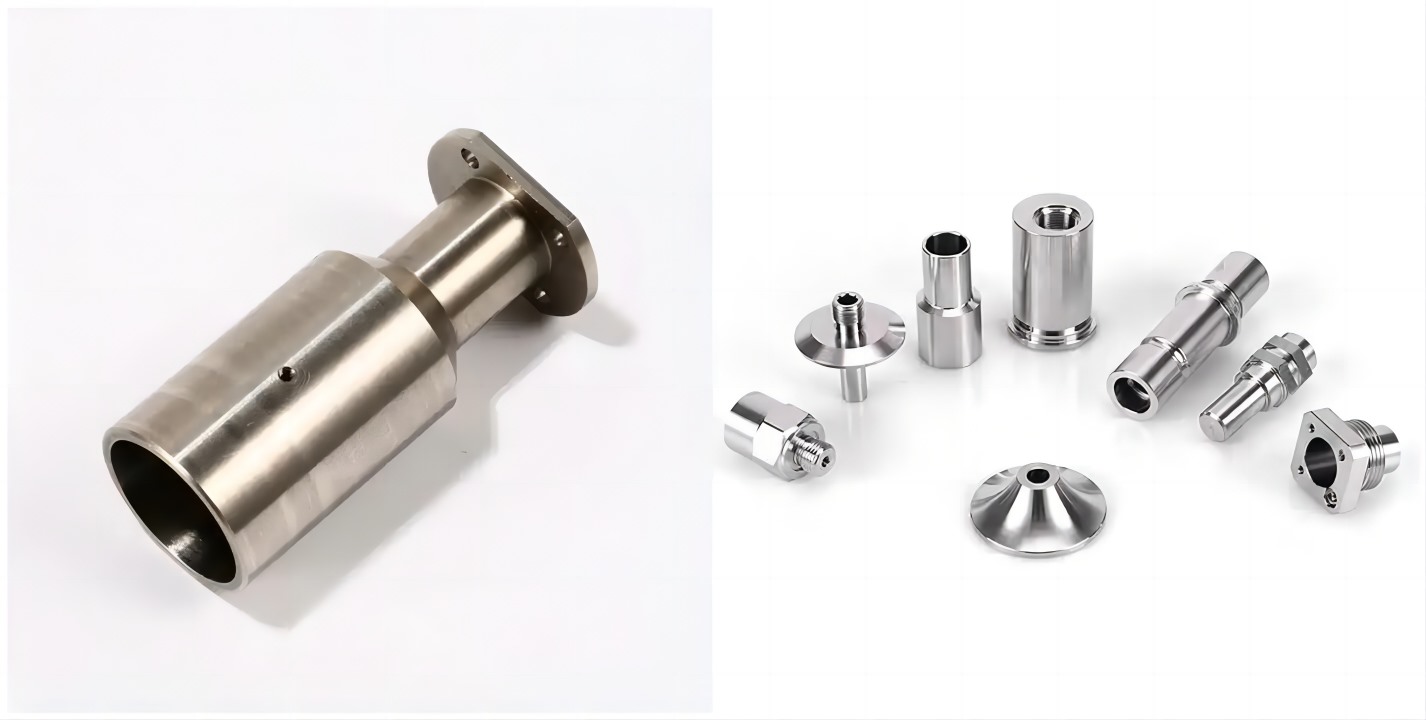
304 vs 316 stainless steel corrosion resistance
In Ss 316 vs 304, 316 ss has higher corrosion resistance. because it has 2% Mo in its composition which significantly increase the resistance. however, 304 ss has more expensive elements, still its corrosion resistance is less than 316.
304 vs 316 stainless steel Cost
By comparing cost of ss 316 vs 304, 316 is bit costly than 304. It is because the combination of elements in 304 is unique and expensive which increases its overall cost. Furthermore, higher corrosion and oxidation resistance makes it more expensive. And almost 40% difference in cost has been observed in 304 vs 316 stainless steels.
Stainless Steel Accessories
stainless steel accessories such as racks, stands, hangers. Knobs are very common. This implies that 304 and 316 ss have high formability and machinability which are discussed below:
Machining 304 stainless steel
304 ss has high machinability. As it is an 18/8 alloy which means it has 18% Cr and 8% Ni which makes it highly machinable. But it can undergo work hardening during machining. Therefore, it is recommended to keep cutting sharp edge as dull because it can increase the work hardening. 304 ss has 48% rating of machinability. It is less because of the work hardening which makes the machining difficult.
Understand how China Tuofu has the advantages of machining 304 stainless steel services.
Machining 316 stainless steel
316 ss has less machinability as compared to other 300 series stainless steels. It is because of high nickel and molybdenum levels in the composition. This makes machining difficult which implies sharp tools and slow speed is required cutting machining of 316 grade stainless steel. SS316 machining services have some important advantages that may be overlooked
Which Is Better 304 Or 316 Stainless Steel
316 grade stainless steel has high corrosion and oxidation when 304 compared to 316 stainless steels. It offers best resistance in chlorine-based environments. Marine equipment requires such types of alloys. Therefore, this feature makes it a better alloy in 304 vs 316 ss. Pitting resistance is also low in 316 ss. This implies it can be used in acidic environments easily. 316 316 grade stainless steel is also aa best food grade material. It has high resistance to salty, acidic liquids such as citric juices. It also has high temperature resistance. 316 ss is also medical grade stainless steel. It is a biomedical alloy which can withstand environments inside the human body for a long period of time.
Try Tuofa Now!
Send drawings to info@tuofa-cncmachining.com
China Tuofa Engineer Support Team
Real human quotes are more accurate than software quotes
Pros And Cons Of 304 Vs 316 Stainless Steel
304 vs 316 stainless steels have comparable differences and advantages and disadvantages. Both are discussed below:
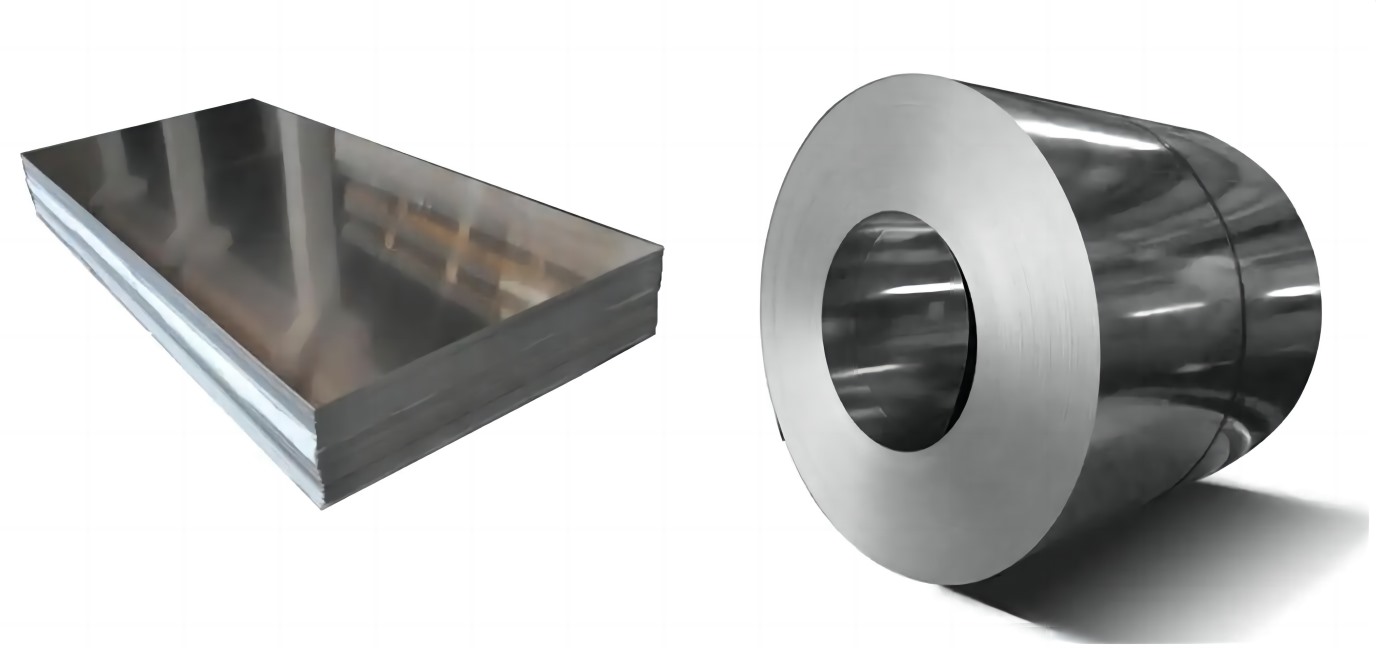
Advantage of 316 stainless steel
The advantages of 316 grade stainless steels are:
- It has high corrosion resistance and oxidation resistance which can easily maintain its best quality of being stainless.
- It has high tensile strength, formability, and other mechanical properties.
- It is best in serving chlorine-based environments and acids. Therefore, it has the best applications in marine industries.
- The feature of performing in wide range of environments such as being a medical grade stainless steel, in food processing industries and areas with heavy salt contents.
- It has application in offering services in coastal areas and environments having high acid and bases levels.
- High resistance increases its applications in cleaning and sterilizing. It is also the best solution to use as a cleaner and as a detergent. As it is less harmful for products and does not damage them. This makes it a good candidate as a cleaner as it can maintain high and strict cleanliness standards.
Disadvantages of 316 stainless steel
The one and only disadvantage when 304 compared to 316 stainless steel is the high cost of 316 grade stainless steel. This is because of its unique elemental combination which is expensive individuals and increases the overall cost of the alloy especially nickel and molybdenum. They both are expensive metals.
Advantage of 304 stainless steel
304 stainless steel is one of the most used grades of steel in the world. It has variety of uses and application which makes it highly demanding, and these are:
- Ss 304 has high durability, and it has good corrosion resistance for many common applications.
- It has high melting points of 2650ᵒF which makes it withstand high temperatures and makes it a highly thermal resistant material.
- The tensile strength of ss 304 is also good which makes it a considerable option as construction material.
- Unique element combination makes it a good option for many areas such as: as a kitchen appliances and utensils, food grade material, water piping material, for electrical enclosure, auto molding and trim, as a wheel cover and as a storage tank material.
Disadvantages of 304 stainless steel
- There is high change of stress corrosion cracking in ss 304 grade. In the areas of high toxicity and chemicals, ss 304 grade can easily be corroded and cause damages to materials.
- It is an expensive choice for many domestic applications because it has high nickel content which is an expensive metal. This increases its overall cost.
- Ss 304 grade is not a weldable alloy because it has high hardness.
- It can undergo work hardening during machining which can increases the procedure cost.
Why Choose China Tuofa For Custom Stainless Steel Machining Service
At China Tuofa (www.tuofa-cncmachining.com), we take pride in our expertise in precision CNC machining, especially when it comes to working with challenging materials like stainless steel. Our focus is on delivering parts that meet your exact specifications with high accuracy and precision. This is crucial for you, especially if you're operating in industries where precision is key.
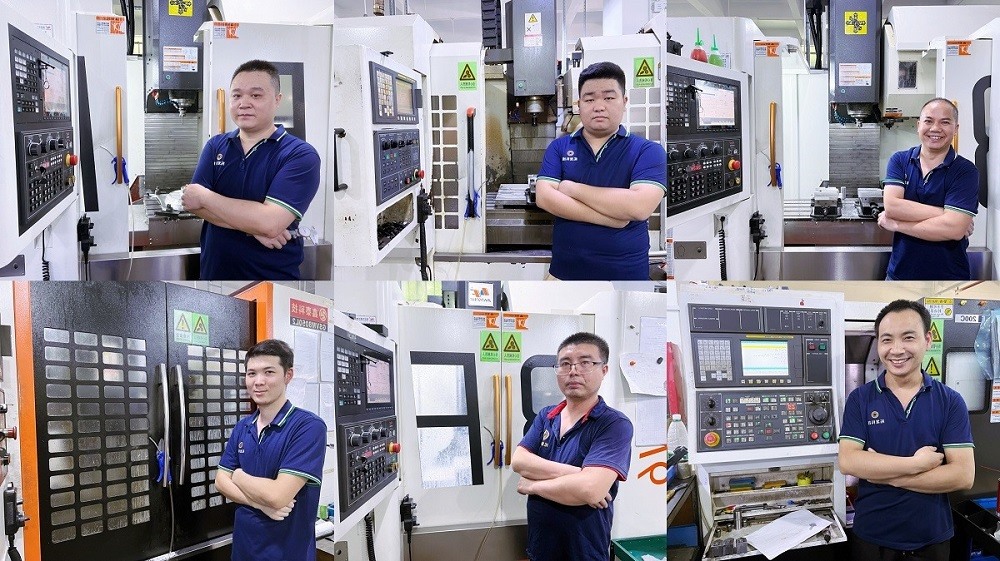
We understand that your needs are unique, and that's why we offer customized solutions. I can assure you that our team is adept at adapting our machining processes to fit your specific design requirements. This customization is what sets us apart, ensuring that the components you receive are perfectly suited to your unique applications.
Quality is at the heart of everything we do at China Tuofa. Our stringent quality control measures are in place to ensure that each part we produce meets the highest standards. This is essential for your peace of mind, particularly if you rely on the durability and reliability of stainless steel components.
What's more, our commitment to you doesn't end with the delivery of parts. We believe in strong customer service and support. From your initial inquiry to after-sales service, our team is here to provide comprehensive support throughout the machining process. Choosing us means choosing a partner who understands your needs and is dedicated to meeting them with excellence. Send drawings now to get a free instant quote info@tuofa-cncmachining.com.
FAQs
Best quality stainless steel
Ss 304 grade is the mostly used ss in the world. It has high corrosion and oxidation resistance. it also has high tensile strength, durability, and formability. And 316 grade stainless steel is the second most demanding stainless steel grade in the world because of exceptionally high corrosion resistance and oxidation resistance for acids and alkaline.
Best stainless steel for welding
304 stainless steel grade is the most welded alloy. It can easily undergo different welding techniques such as arc welding, TIG, MIG and MMA. In 316, weld decay is possible. This implied the weld can easily be corroded and the bonds between the welds can be weakened.
Can you weld 304 to 316?
Yes, 304 and 316 can be welded but 316 are prone to welding decay. The welded portion can undergo corrosion and it can break the bond between welds. therefore, 304 is better for welding as compared to 316 ss.
Heat resistant stainless steel.
Heat resistant stainless steel are those that can withstands high temperatures to 1200℃. Those materials are thermally resistant and creep resistant materials. 304 offers the best services as heat resistance material. it has high oxidation resistance at temperatures 870℃ and continue its service till 925℃.
 Tel/WeChat:
Tel/WeChat:  Email:
Email: 
 Home
Home

 15 Methods for Stainless Steel Heat Treatment | Beginners Guide
15 Methods for Stainless Steel Heat Treatment | Beginners Guide 







